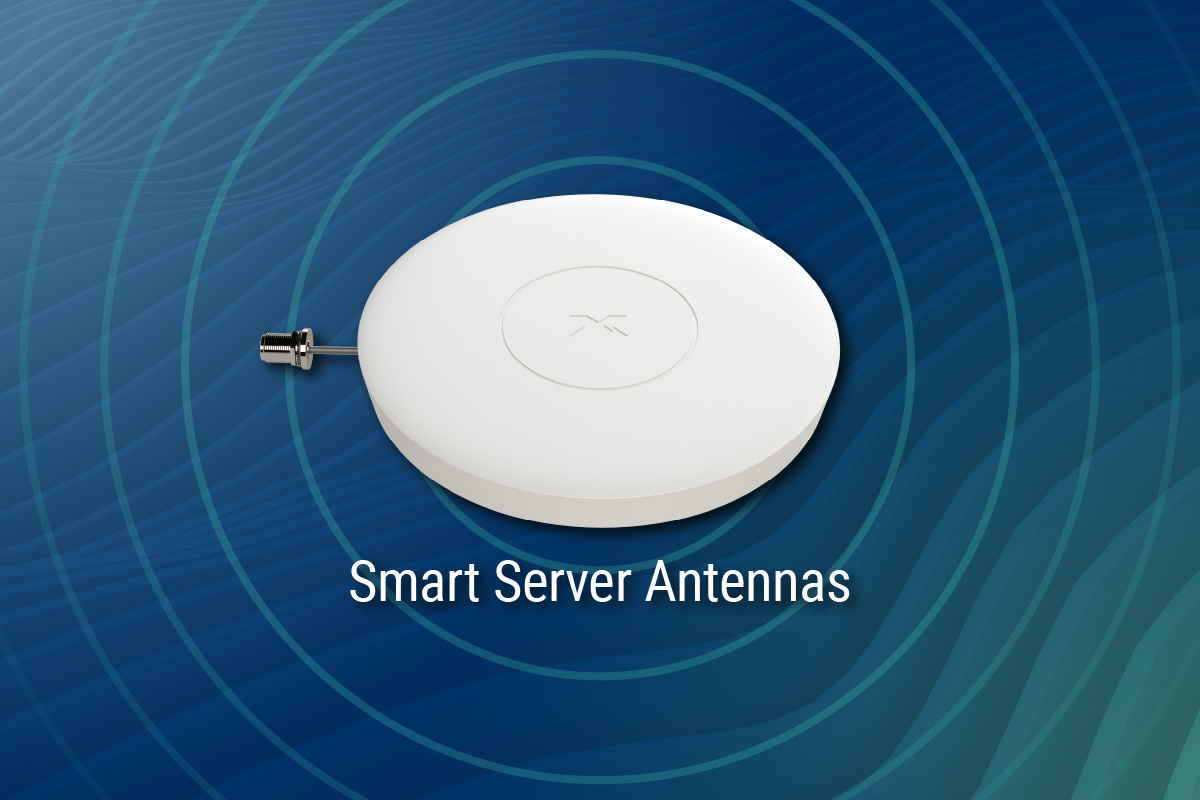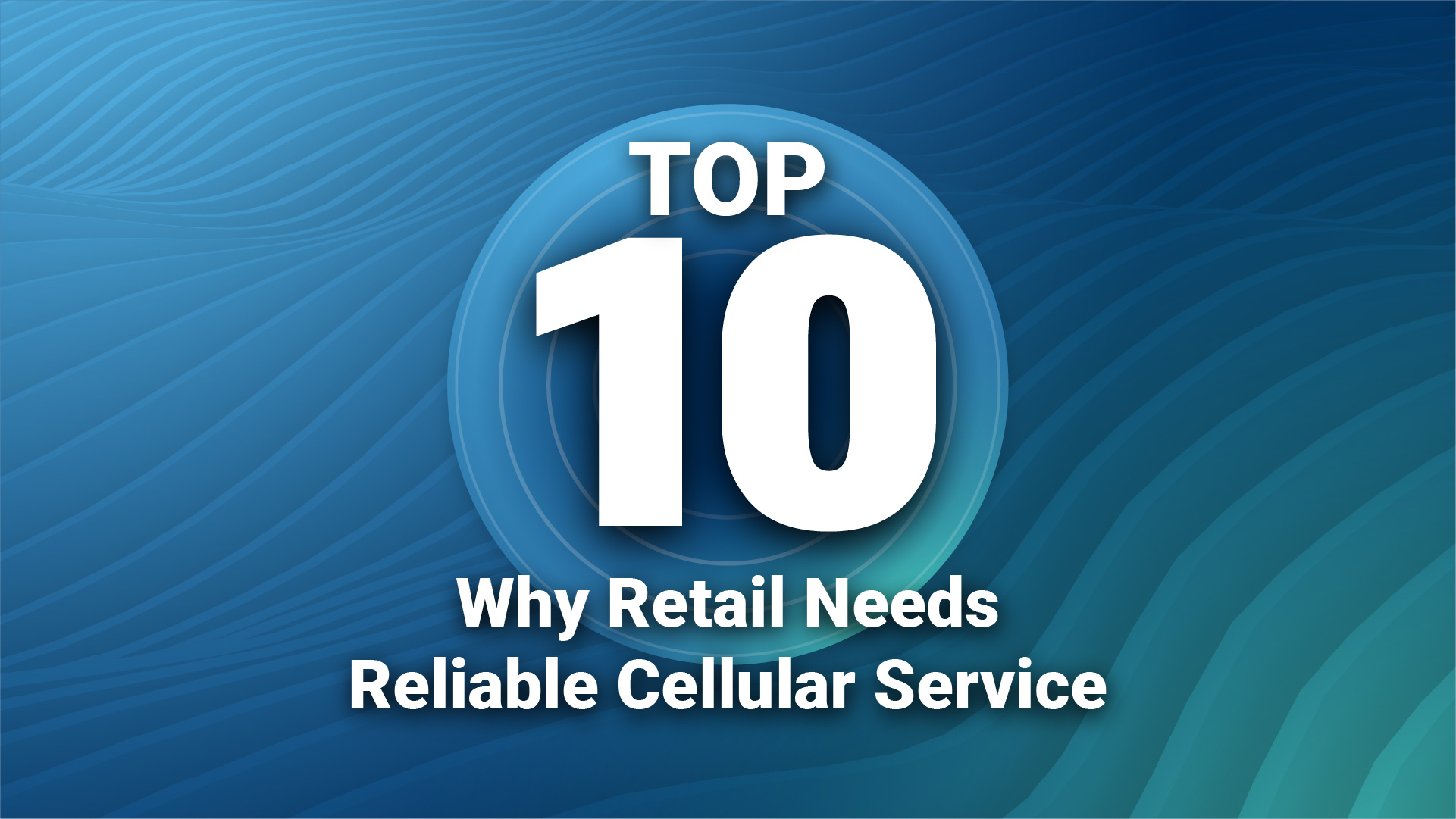You may not have heard of a Faraday cage, but it’s something that’s actually quite common in our day-to-day lives.
Let’s start with an explanation. Wikipedia tells us that a Faraday cage (or shield) is an enclosure formed by conductive material or a mesh of such material. They’re typically used to block electric fields by channeling the electricity around but not through the enclosure. In other words, no current flows through the space. Faraday cages are named after the English scientist Michael Faraday, who invented them in 1836.
The principle behind Faraday cages is not simply about protecting equipment or workers in a super-charged environment. A microwave oven uses a Faraday cage to contain electromagnetic energy. Car and airplane passenger compartments canalso act like Faraday cages by protecting passengers from electrical charges such as lightning. Even a foil-lined shopping bag can be considered a Faraday cage; and there are actually Faraday suits to protect workers. Elevators can simulate a Faraday cage effect, leading to cell phone signal loss and dead zones in buildings – which explains why calls often get dropped once the doors close.
As a company that develops products that interact with cellular signals, you will find several Faraday Cages in our test labs. Because the air that surrounds us is polluted with radio signals (especially in a multi-level office environment), there is a lot of interference when testing our smart signal boosters. By using Faraday cages, we can hold radio frequencies either inside or outside of the test environment, and crank up the gain on our boosters over a period of time to thoroughly test all aspects of our signal boosters.
But the real reason we’re interested in the Faraday cage effect is that our just-launched CEL-FI PRO-X excels in environments such as those protected by a Faraday cage. As a cabled accessory for the CEL-FI PRO, we’ve managed to eliminate the cellular coverage challenges in areas within buildings, warehouses, and other environments where a cellular signal simply cannot flow though it. With this new accessory, we are once again breaking down barriers to ensuring clear and consistent cellular coverage in even the most challenging environments.




